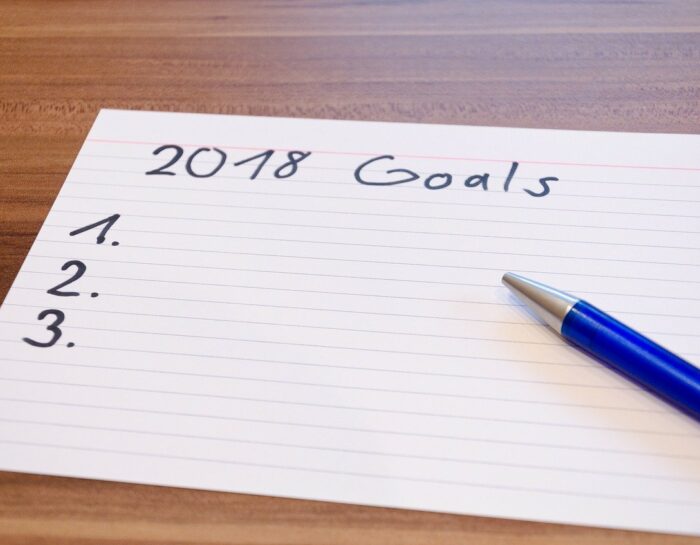By Chef Murph
We tend to think of failure as something shameful, undesirable.There was something we were suppise to learn for the next adventure. Understandably, failing to achieve it often cause negative feelings, no matter how big or small the goal was.
There was something we were suppise to learn for the next adventure. Understandably, failing to achieve it often cause negative feelings, no matter how big or small the goal was.

And the only way to overcome those feelings is by changing the way we understand failure – it is part of the process of success and leaves valuable lessons if we know how to learn from it.
Three ways to redefine failure and learn from it effectively.
Don’t be afraid to make mistakes – Learning from your mistakes is about more than just thinking about what went wrong. The first step towards using failure as a tool for success is to stop seeing mistakes as shameful.
Think about it – a mistake is not just a natural part of embarking on a new project; it is also part of the human experience. As such, they should be accepted as a necessary step towards achieving your goals.
In her article “Strategies for Learning from Failure”, Amy C. Edmondson classifies mistakes in three categories:
Preventable
These are the mistakes we often think of as bad. They result from lack of focus or attention to the procedures needed to achieve the goal.
Complexity-related
These mistakes happen when the goal is the product of many factors – your own motivation, previous skills, your environment, support network, and the resources you have to accomplish it. If any of these fail, you might be unable to achieve the goal.
Intelligent mistakes
According to Adam Mendler in his article What Sales Executives Can Learn From Failure, having the freedom to make mistakes increases creativity and work performance. Without unnecessary pressures to avoid mistakes and the shame that comes with it, employees contribute more frequently and are able to express more original ideas.
For example, many great inventions were discovered by accident – from Post-It notes to penicillin.
Whatever the source of the mistake, removing any negative feelings about it and re-framing it as a source of new knowledge is the first step towards learning from failure effectively.
But what’s next?
Rethink your approach to your goal
Now that you’re looking at the mistake without judgment, think of how you got into the situation.
In his article The 4 Keys to Learning From Failure, Guy Winch suggests you analyze your motivation levels, focus, and mindset. Did you feel less motivated to achieve your goal at some point? Did something else distract you from it?
If your dedication and focus decreased at any time, make note of it and try to find the cause. Identifying the internal and external causes that affected your resolve helps you prepare for them in the future.
In some cases, discussing the failure with someone you trust can help you see the issues from a different perspective. Rely on your support network to pinpoint what went wrong and how you could prevent it.
Plan ahead
Identifying what caused the mistake is not enough to prevent it in the future. You need to take steps to prevent that mistake from happening again.
If your goal was to write a novel in six months, you’ve probably identified a few reasons why you couldn’t achieve it – lack of time, insufficient planning, or lack of motivation.
But what can you do to prevent those issues to get in the way of your goal in the future? In our example, you could scale down the scope of the novel, spend more time planning the story, or set a specific time to write undisturbed.
I use systems and list. To make it through the day. . What works for me. I always have a nite book and a pen.
Front of the book are my long term goals. Center are my ideas and the back is my stuff I need to do.. Ever morning my day starts at 1 a.m. Spending 10 minutes and rewrite my stuff to do today. Your distractions or ideas they are written down during the day. So you can clear you mind. Concentratenon on completion of tasks. Something so simple works for.me.
Hey you can’t change the past but you can sure set the world on fire in the future. Don’t dwell let it go after its been filed.
In summary, failure is not permanent. By accepting failure, analyzing its causes and defining how you can eliminate those causes, you’re on your way to achieving your goals.
Now, go for it!!!
Hope it helps
XoxoX


